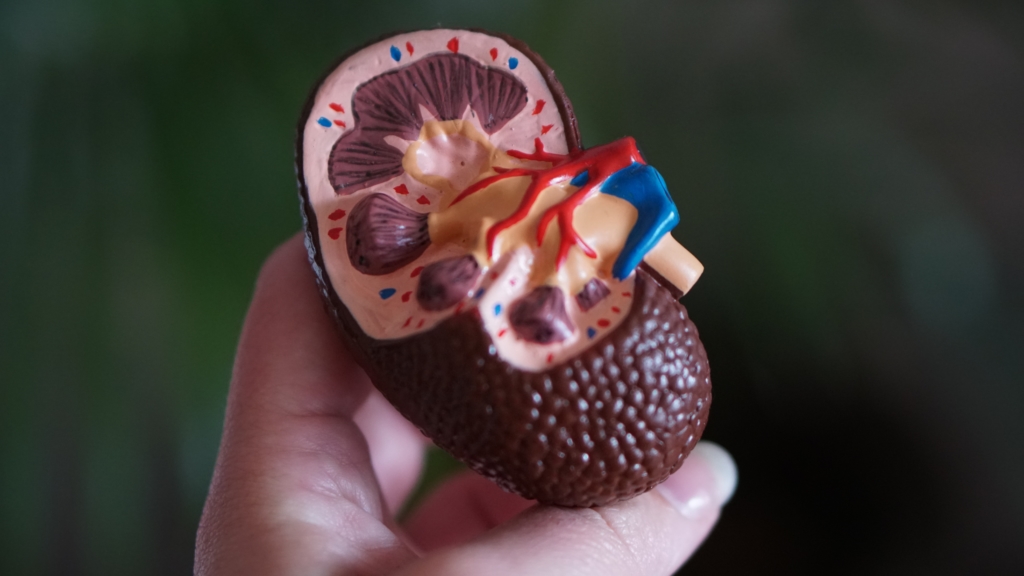Chronic Kidney Disease (CKD) is a major public health challenge affecting more than 10% of people. A key challenge for effective treatment is early identification of patients that are at risk of CKD to ensure timely intervention. Magnetic Resonance Imaging (MRI) has shown a high potential to distinguish biomarkers for CKD, but renal MRI biomarkers are currently underused in research and clinical practice.

COST Action Magnetic Resonance Imaging Biomarkers for Chronic Kidney Disease (PARENCHIMA) aimed to eliminate the main barriers to the broader study, commercial exploitation, and clinical use of renal MRI biomarkers by coordinating research groups across Europe to improve reproducibility and standardisation, develop an Open Access toolbox with software and data, and demonstrate the biological validity and clinical value of the technique.
“CKD is something that people tend to live with for a long time,” explains Prof. Steven Sourbron of Sheffield University and Chair of PARENCHIMA. “The kidneys can compensate for a certain amount of damage, so when patients show signs of illness it is already harder to fix, and the damage may have become irreversible. Treatment can only slow down the decline.”
Early detection
“The current method is to take blood samples,” continues Steven. “But again, the kidney’s ability to continue to function means that issues are not necessarily spotted early. Using MRI could pick up signs of the disease much earlier by detecting subtle changes in the kidney tissue.”



However, coordinating an emerging field of clinical research takes a lot of effort and this is where PARENCHIMA was able to make a real impact. “Networks were growing and clusters forming but we realised that there was a need to be able to collect evidence from large groups of patients and to develop standardised methods,” says Steven.
The concept of a COST Action was discussed at the first international meeting on MRI and CKD in 2015 and the Action was eventually accepted to start in 2017. “The Action involved a lot of hard work, but the outcomes are exactly what we hoped for: more cohesion in the community and stability for the long-term,” says Steven. Participation has steadily grown during the Action’s life and the initiative has linked up with research groups in the US.
“All this is a tribute to PARENCHIMA – without it we would have a much more fragmented field.”
Prof. Steven Soubron

PARENCHIMA special issues
PARENCHIMA has had several successes in dissemination of its activities including special issues of journals and the publication of a handbook on diagnostic biomarkers and protocols for preclinical MRI as well as many presentations at a range of research and medical meetings.
“Our work comes from a physics and engineering point of view,” explains Steven. “But we wanted to make the research more available for nephrologists, so it was important to get a special issue in a clinical journal, Nephrology, Dialysis and Transplantation, that highlighted the potential impact for improved treatment of patients.”
The network is continuing via a new and improved website – renalmri.org – that allows full community access to content and will also host data repositories and information on, for example, harmonised protocols.
PARENCHIMA was also the catalyst for a new study group on kidney MRI within the International Society for Magnetic Resonance in Medicine, which will also ensure that the initiative continues after the Action ended.
“There are now at least three independent studies covering 500 patients under way,” concludes Steven. “All in touch with each other, all using comparable methods, and all will be able to pool their results and hopefully demonstrate the usefulness of MRI for early detection of CKD. All this is a tribute to PARENCHIMA – without it we would have a much more fragmented field.”

